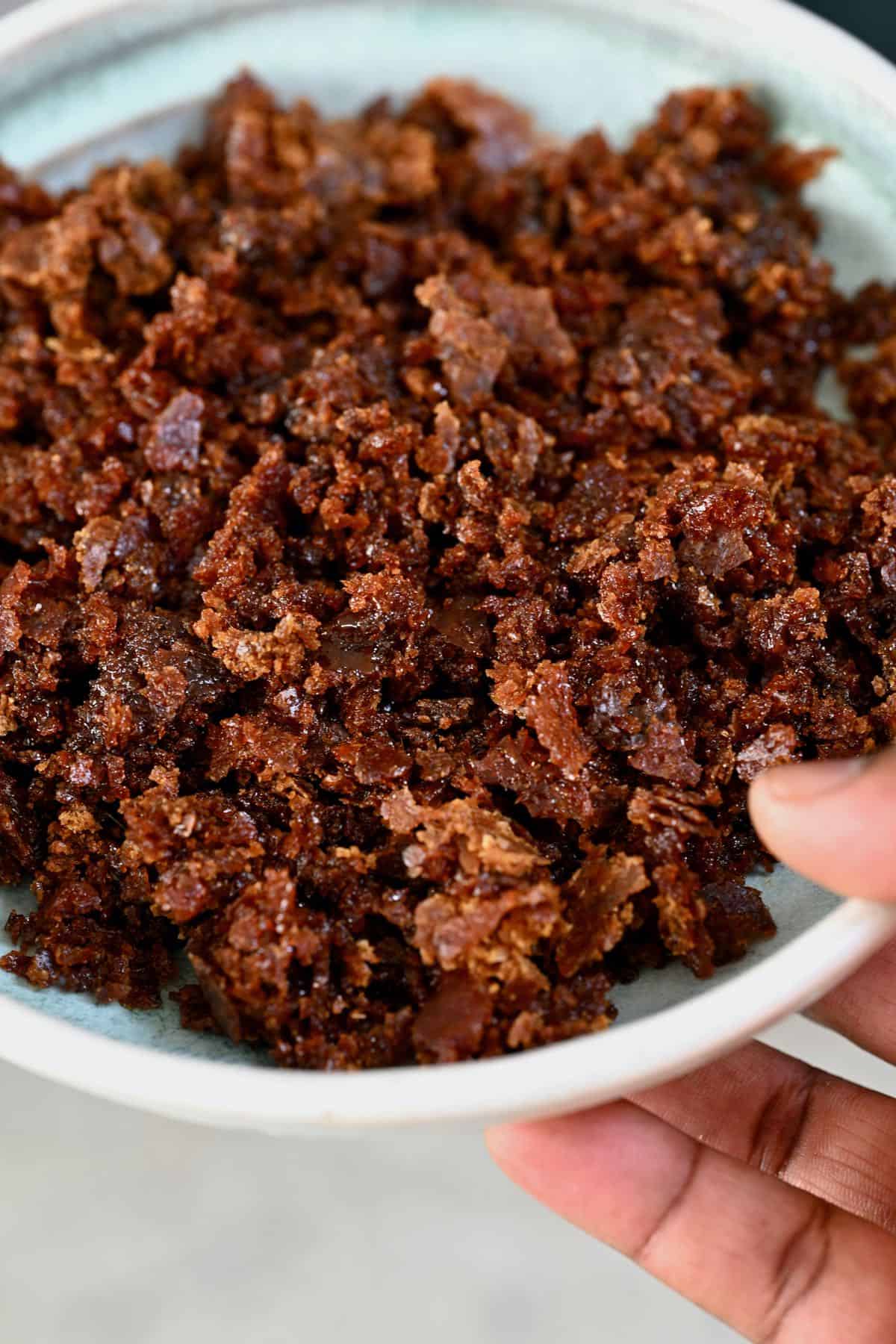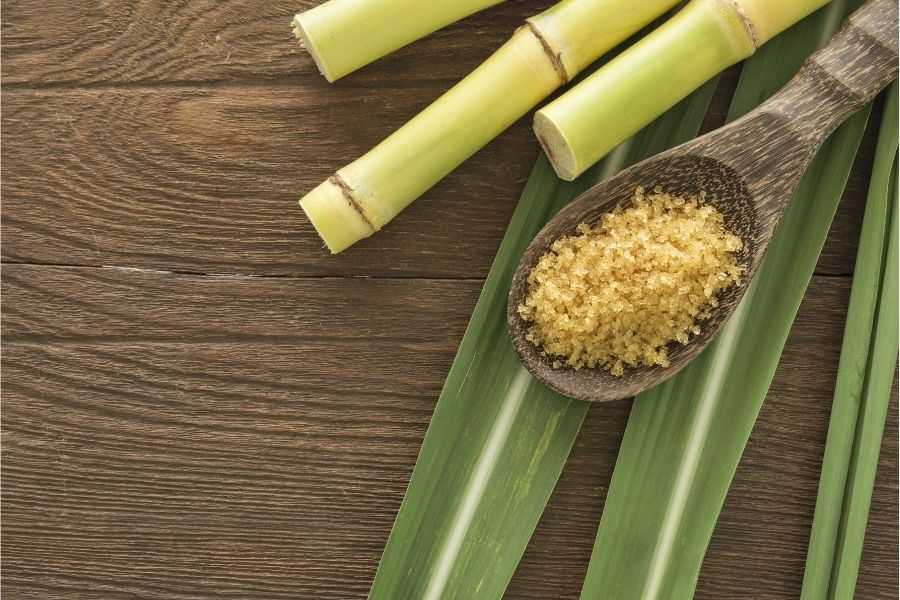Cane Sugar Processing Explained: What Occurs Inside a Sugar Mill
Cane Sugar Processing Explained: What Occurs Inside a Sugar Mill
Blog Article
A Comprehensive Guide to the Ecological Effect and Sustainability Practices in Cane Sugar Handling
The ecological influence of walking cane sugar processing presents a complicated range of obstacles that warrant mindful exam. From dirt degradation and extreme water usage to the carbon footprint related to farming and manufacturing, the consequences of conventional practices are far-reaching. On the other hand, the fostering of ingenious sustainability procedures offers a path toward extra liable manufacturing techniques. Understanding the interplay in between these concerns is critical for stakeholders in the market. What details techniques can be executed to strike a balance in between efficiency and environmental stewardship? The responses depend on a better consider both the difficulties and prospective remedies.
Summary of Walking Cane Sugar Processing
Cane sugar handling entails a series of organized actions that transform sugarcane into refined sugar. Initially, harvested sugarcane is transported to refining facilities, where it undergoes cleaning to get rid of dirt and debris. Following this, the cane is squashed to draw out juice, which is then clarified by removing pollutants via heating and the enhancement of lime.
The made clear juice undergoes evaporation, where water is eliminated to concentrate the sugar content. This focused syrup is then crystallized via air conditioning, allowing sugar crystals to develop. These crystals are divided from the remaining syrup using centrifugation, causing raw sugar. To attain polished sugar, the raw item undergoes more purification processes, which may include filtering and washing to eliminate continuing to be pollutants and shade.
The last product is then dried out and packaged for circulation. Throughout this whole procedure, keeping efficiency and quality assurance is crucial to ensure the sugar meets market requirements. Each action in walking cane sugar processing not only adds to the last product but also has effects for source use and waste generation, setting the phase for discussions on sustainability and ecological effects related to sugar manufacturing.
Environmental Difficulties of Manufacturing
The production of walking stick sugar presents numerous substantial environmental challenges that warrant focus. One primary concern is the considerable use agrochemicals, including chemicals and plant foods, which can cause soil deterioration, biodiversity loss, and contamination of local water sources. The overflow from sugarcane fields usually carries these chemicals right into neighboring environments, interrupting marine life and influencing the wellness of neighborhoods reliant on these water bodies.
Another obstacle is the high power usage associated with sugarcane processing. The boiling and refining phases need considerable heat, largely created by shedding nonrenewable fuel sources, adding to greenhouse gas discharges. Furthermore, the extensive acreage required for sugarcane cultivation can bring about deforestation and habitat destruction, additional aggravating climate adjustment and threatening wildlife.
Additionally, the labor techniques in some regions elevate moral problems, as workers may deal with poor working problems and inadequate earnings. This situation usually bolsters a cycle of hardship in local communities. Cane Sugar Processing. Addressing these environmental difficulties is essential for developing much more lasting techniques in walking cane sugar manufacturing, eventually benefiting both the environment and the neighborhoods entailed in this industry
Water and Land Usage Impact
Water sources and land utilization are crucial elements in the walking stick sugar sector that significantly affect the environment. The cultivation of sugarcane calls for significant water input, with quotes suggesting that it can consume up to 2,000 liters of water per kg of sugar created. This extensive use water frequently results in deficiency of regional water resources, affecting not just the sugarcane ranches however also bordering ecosystems and neighborhoods that depend on the exact same water resources for agriculture and domestic usage.

Moreover, land usage for sugarcane farming can lead to logging and the conversion of all-natural environments into monoculture ranches. This method lessens biodiversity, interrupts neighborhood ecosystems, and contributes to dirt deterioration. The growth of sugarcane fields commonly intrudes on useful farming land, creating competition for resources in between food and biofuel production.
Sustainable methods, such as maximizing irrigation techniques and implementing plant rotation, are necessary to alleviate these effects. By embracing much more effective water usage and land monitoring strategies, the walking cane sugar sector can reduce its eco-friendly impact, guaranteeing a balance between agricultural performance and ecological conservation.
Greenhouse Gas Emissions
Greenhouse gas exhausts represent a significant environmental problem within the walking cane sugar processing market, especially as farming techniques expand to meet worldwide demand. The cultivation of sugarcane, a crop that flourishes in exotic climates, counts greatly see on artificial fertilizers and chemicals, which contribute to nitrous oxide exhausts. Additionally, land-use modifications, consisting of deforestation for new sugarcane ranches, release carbon dioxide saved in vegetation and dirt.
Throughout handling, energy usage is another significant source of greenhouse gas exhausts - Cane Sugar Processing. Several sugar mills utilize nonrenewable fuel sources to power equipment and generate warm, resulting in substantial carbon impacts. Moreover, the transportation of raw sugarcane and completed items adds layers of emissions via fuel combustion in cars
The cumulative result of these discharges exacerbates climate modification, positioning threats not only to the environment however additionally to the long-lasting stability of the market. Stakeholders must acknowledge the urgent demand for extensive strategies that address these exhausts. This entails reviewing current agricultural techniques, refining methods, and transport systems to recognize locations for enhancement and mitigation. Dealing with greenhouse gas emissions is vital for cultivating a more lasting walking stick sugar sector in an altering climate.

Lasting Practices and Innovations
Sustainable techniques and developments are significantly important in the walking stick sugar handling market as stakeholders seek to reduce environmental effects while preserving performance. One substantial improvement is the execution of incorporated plant management, which maximizes resource use by combining soil management, pest control, and crop turning methods. This technique enhances return while decreasing chemical inputs and maintaining soil wellness.
In addition, the fostering of renewable resource sources, such as biomass from sugarcane residues, has gained grip - Cane Sugar Processing. By converting waste products right into energy, refining facilities can minimize their dependence on fossil fuels, thereby decreasing greenhouse gas discharges
Water administration techniques have actually also seen improvements with the recycling and reusing of water in handling plants, substantially minimizing freshwater usage. Technologies in modern technology, such as precision agriculture, allow farmers to check these guys out check crop health and resource usage better, making sure lasting growing practices.
In addition, certification programs like Fair Trade and Rainforest Alliance motivate ecologically liable farming practices and advertise social equity within the supply chain. By embracing these lasting practices and innovations, the walking stick sugar processing sector can boost its durability and add favorably to ecological stewardship.
Final Thought
The ecological influence of walking cane sugar processing presents significant obstacles, consisting of dirt deterioration, high water intake, and greenhouse gas discharges, together with ethical concerns connected to labor practices. Resolving these issues with lasting methods, such as integrated crop monitoring, eco-friendly power adoption, and water recycling, is important. By advertising eco accountable and socially equitable methods click for more in sugar production, the market can minimize its adverse effects, making certain a more lasting future for both communities and ecosystems involved in this sector.
Walking cane sugar handling includes a series of organized actions that transform sugarcane into polished sugar. Each step in cane sugar processing not just adds to the final item however likewise has effects for resource usage and waste generation, setting the phase for discussions on sustainability and ecological effects connected with sugar manufacturing.
Greenhouse gas emissions stand for a significant environmental problem within the walking stick sugar processing sector, specifically as agricultural practices increase to satisfy global demand.Lasting techniques and advancements are increasingly crucial in the walking cane sugar processing market as stakeholders seek to reduce ecological effects while preserving productivity.The ecological effect of walking stick sugar handling presents considerable challenges, consisting of dirt destruction, high water intake, and greenhouse gas exhausts, together with ethical worries connected to labor practices.
Report this page